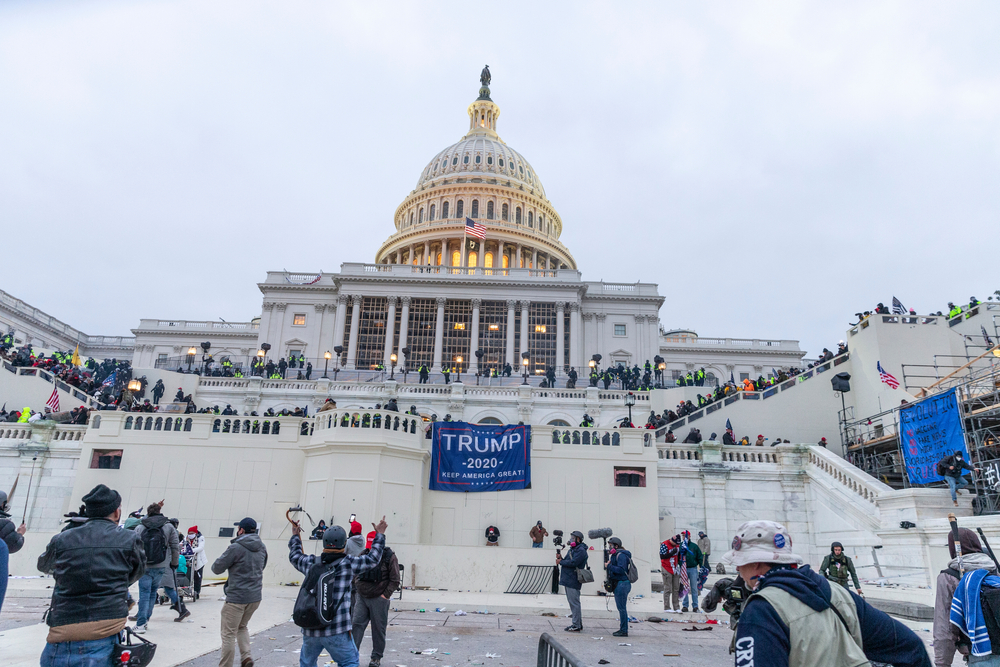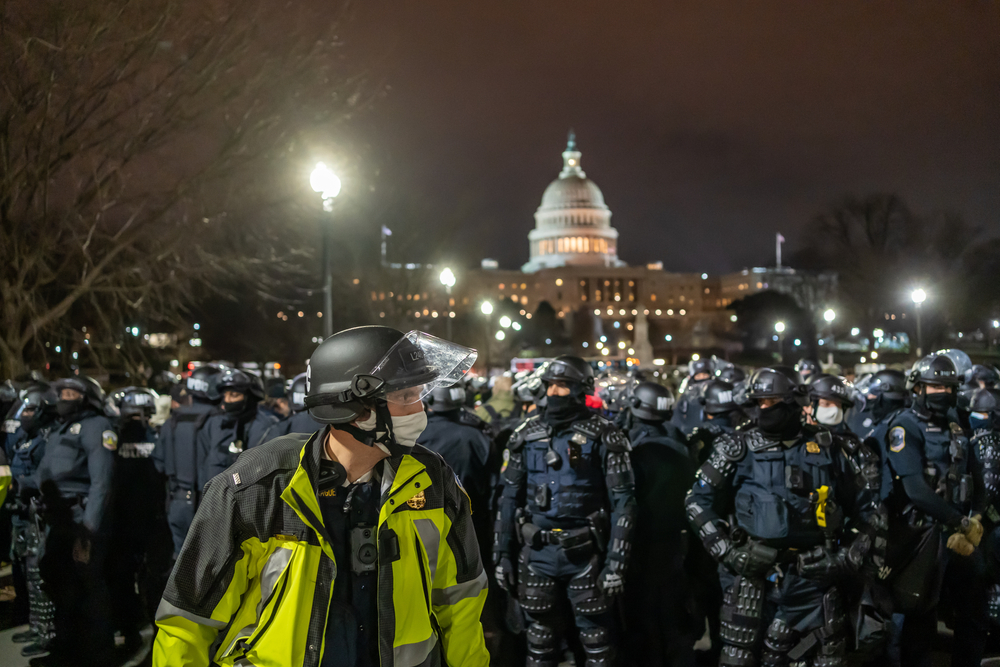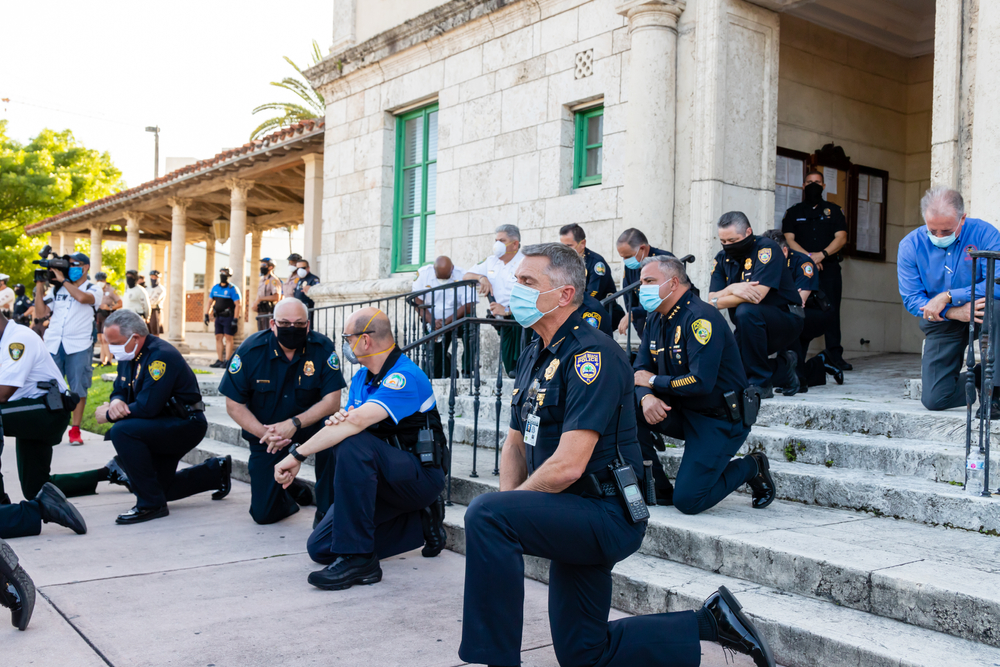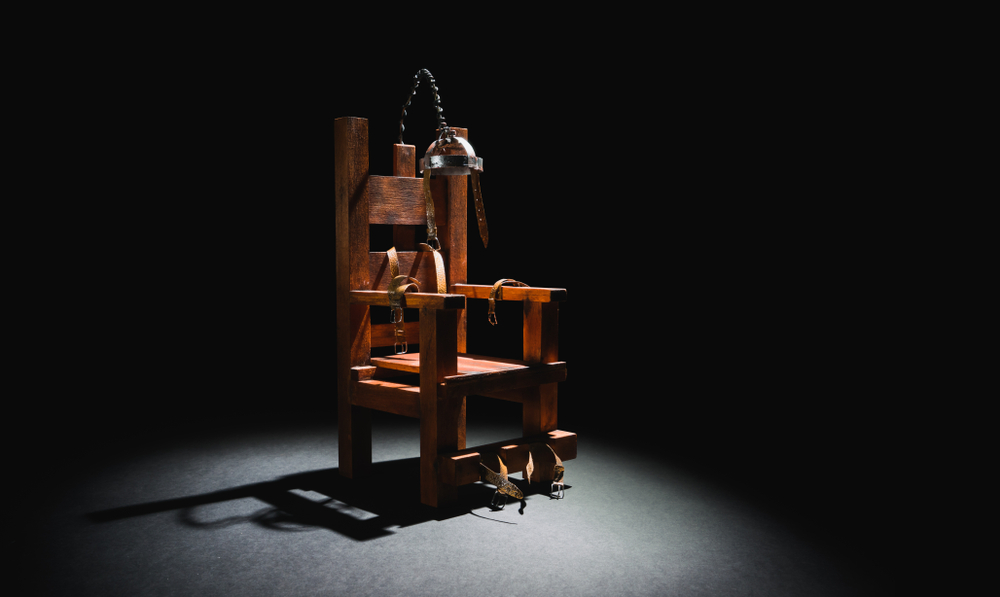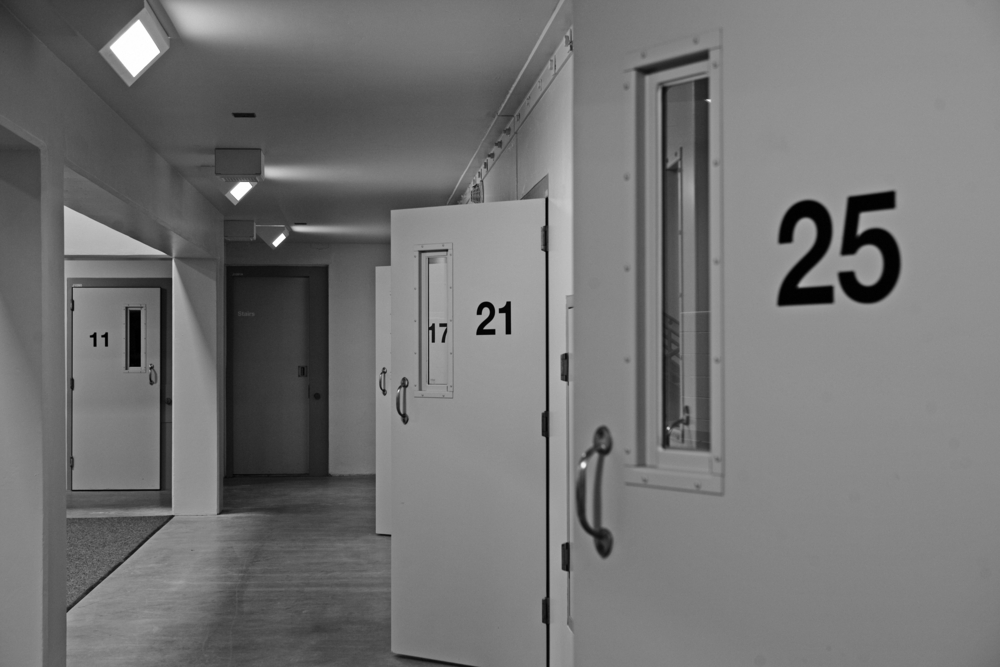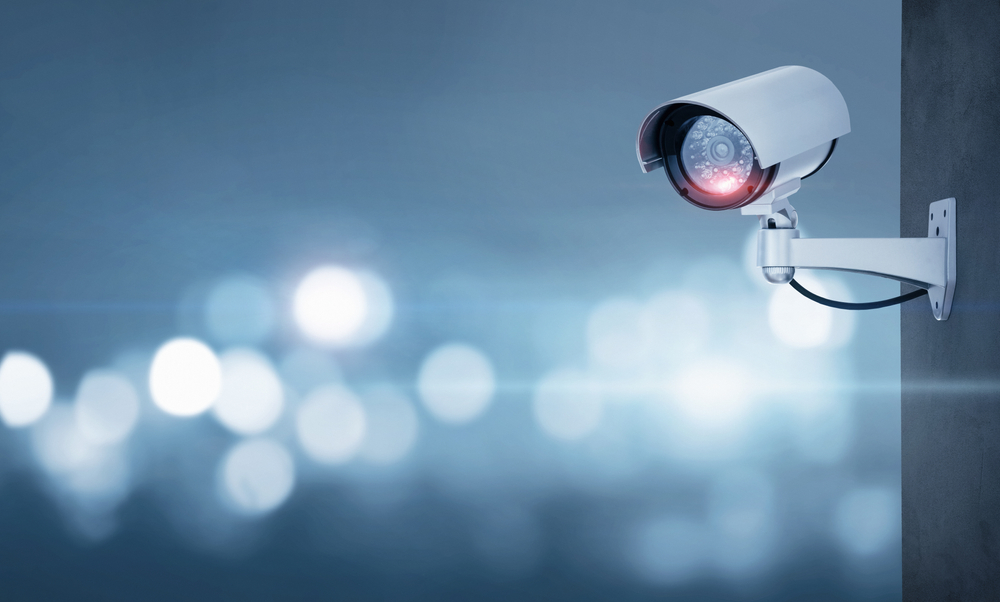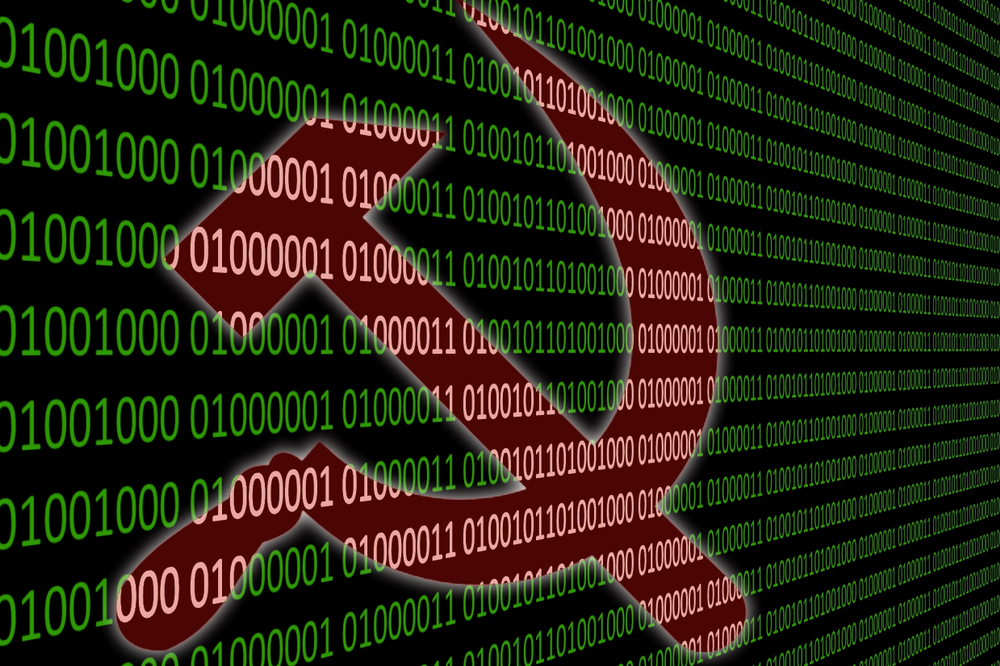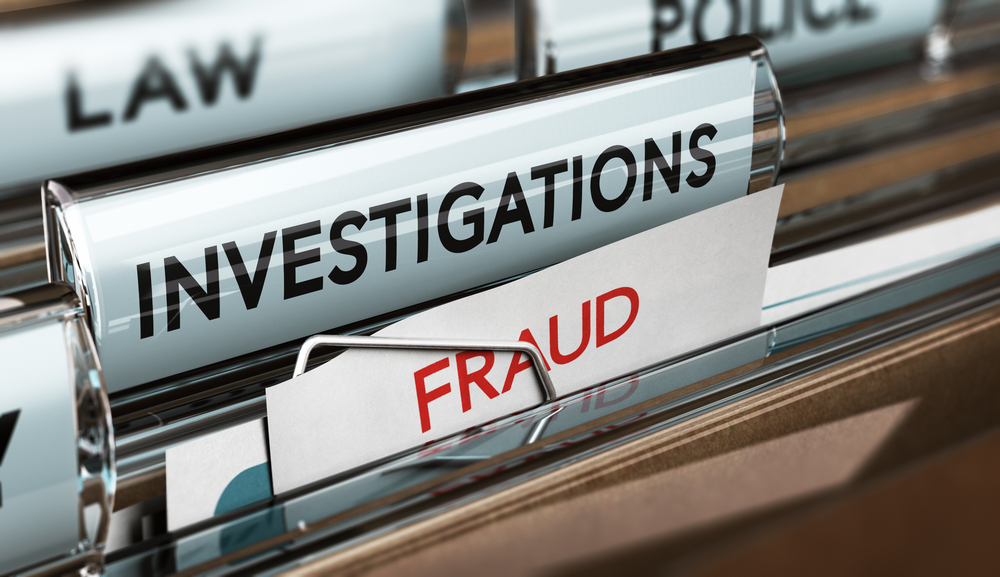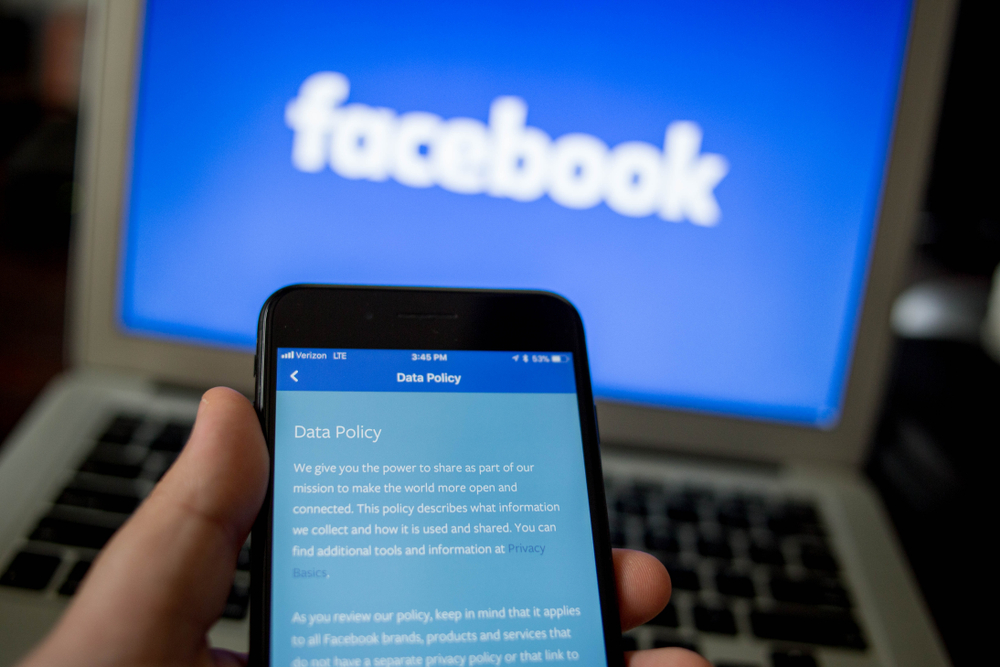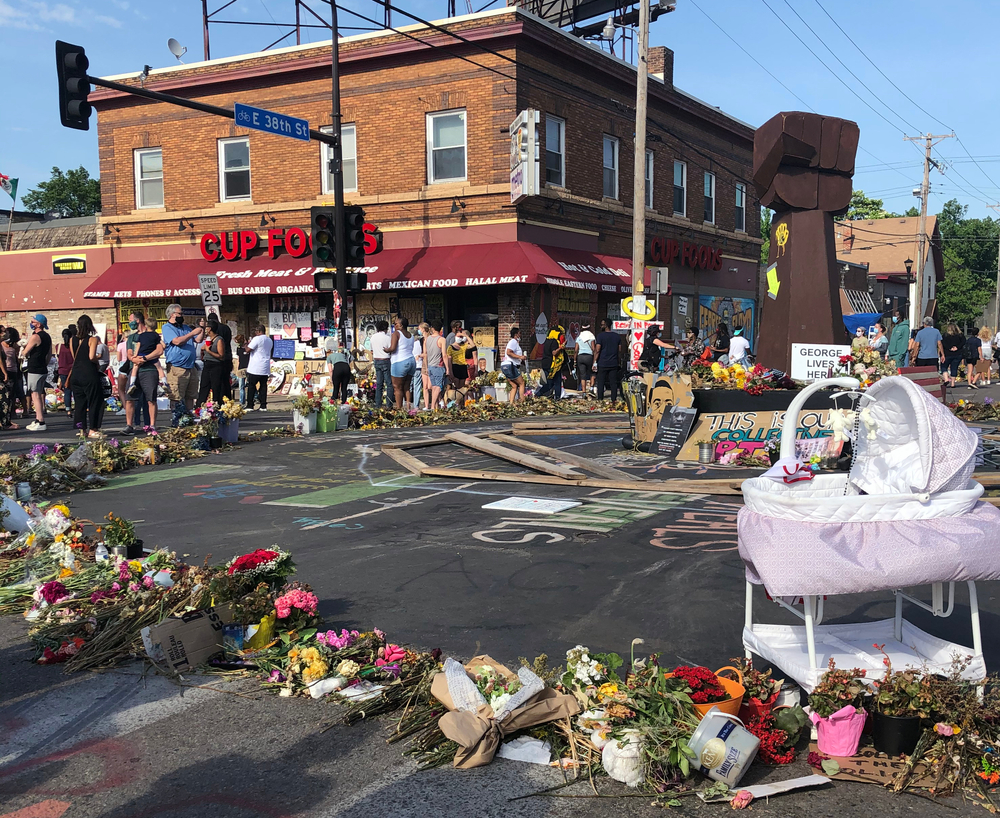Judicial elections may be part of justice system reform
As the country comes to grips with systemic racism, experts say one overlooked avenue for reform is the way judges are selected across the U.S., notably judicial elections.
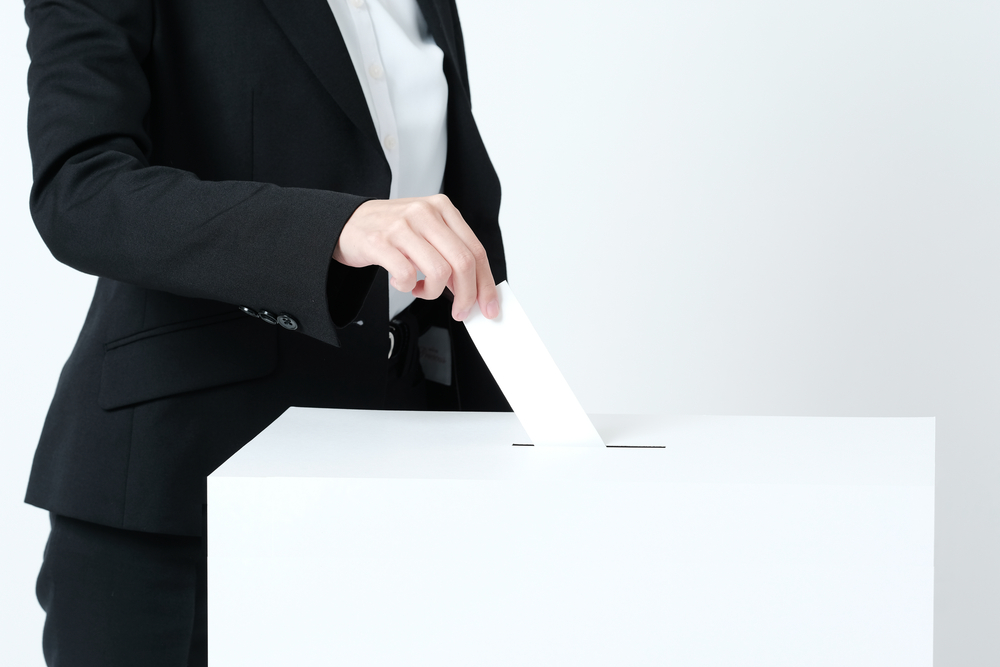
Voters in many states will have a chance to weigh in on the justice system on Nov. 3 as they mark their ballots for judges up for election, along with the president, members of Congress and local officials.
Judicial elections are part of a patchwork of systems for the selection of state court judges, who handle the overwhelming majority of criminal and civil cases in the country.
These state selection systems are, by and large, different than the federal system, where judges are nominated by presidents and then confirmed by the Senate to serve life terms.
RELATED: Judicial misconduct is no laughing matter
RELATED: Legal proceedings around the country move back into courtrooms, cautiously
Experts see strengths and weaknesses in different state judicial selection methods that have sometimes resulted in racial disparities or courts that are more responsive to special interests than the community at large. At the same time, these selection processes can affect judges’ ability to maintain independence, basing their decisions only on the evidence and the law without regard to other influences.

“I think courts need to be scrutinized for the role they have played in both tolerating and, at times, perpetuating injustice and racism in our system,” said Alicia Bannon, who leads the fair courts team at the Brennan Center for Justice, a nonpartisan law and policy institute.
The institute conducted a poll in 2013 in which nearly 90 percent of respondents said they think campaign cash affects judicial decisions.
Dozens of states electing judges
According to Ballotpedia, 35 states are holding elections for justices on their supreme courts, while 30 will elect intermediate appellate court judges. Local trial court judges are elected in 26 states. Eight of those are through partisan contests and the remaining through non-partisan elections.
But not every state elects its judges. Judges in some states are appointed by governors, legislatures or judicial commissions. And some elections are not the traditional, contested elections, but up-or-down votes on whether a sitting judge or justice should be retained.
Some states have different systems for selecting judges at different levels. For instance, trial court judges may be subject to competitive elections while appeals court judges face up-or-down retention elections.
Independence vs. accountability
The variety is the result of states seeking to balance two competing values: They want judges to be both independent and accountable to the public.
Although federal courts may get more public attention in general, 94% of felony convictions happen in state courts, including 99% of rape cases and 98% of murder cases, according to information from the Brennan Center.
“Given the extraordinary power state court judges exercise over the liberty, and even lives, of defendants, it is vital that they remain impartial,” says a study by the center’s Kate Berry. “But mounting evidence suggests that the dynamics of judicial elections may threaten judges’ ability to serve as impartial arbitrators in criminal cases.”
To illustrate how judges shape how the justice system fuels current racial dynamics, Bannon cited the example of qualified immunity, a judge-created doctrine that has been criticized as protecting law enforcement from accountability for abusive conduct. In addition, she said, “Courts are often slow to call out prosecutorial misconduct that they may see before them.”
Statewide judicial elections and all-white Supreme Courts a problem, some say
Another symptom that there may be a problem: 23 states currently have supreme courts that are all white, according to Bannon.
Researchers have found that the percentage of white males on state appellate courts is nearly double their proportion in the population.
Advocates have filed lawsuits in Alabama and Arkansas alleging those states’ judicial election procedures dilute the votes of African Americans. These lawsuits allege that statewide elections, rather than district elections, make it difficult for Black voters to vote effectively for their preferred candidates.
Alabama has also faced scrutiny because the state’s Supreme Court justices, selected through partisan elections, have told state probate judges to defy a federal court order granting same-sex couples the right to marry.
Arkansas has never had a Black justice on its supreme court, even though 15% of the population is African American, according to one of the lawsuits. More than 25% of Alabama residents are Black, but none of its 19 appellate judges is African American, the other suit says.
However, in 2016, a judge dismissed a similar lawsuit filed in Texas on behalf of Hispanic voters who comprised 26.5% of the state’s voting age citizens. According to the complaint, filed in 2016, just five of 76 justices to serve on the state Supreme Court, or 6.6%, were Latin, while 89.5% were white. Of the 48 justices to serve on the state’s Court of Criminal Appeals, just two, or 4.2% were Latino while 44 or 91.7% were white.
But the Texas court found that the lack of elected Hispanic judges was more likely the product of partisan politics than candidates’ ethnic background.
Elected judges under pressure to reach different decisions
Various studies have found that elected judges are more likely to uphold death sentences. And judges who are close in time to facing election will impose longer criminal sentences than judges who face no electoral pressure.
Researchers have also found that elected judges and justices are more likely to impose and uphold death sentences.
Other studies have focused on the influence of interest groups that advertise during judicial elections. Some research has concluded that campaign contributions can influence judicial decisions. Judges are more likely, for example, to rule in favor of business than individuals, for example. That influence disappears when the judges are no longer eligible for reelection and don’t have to concern themselves with fundraising.
A review by Lambda Legal, a civil rights organization for LGBT people, found that judicial elections threatened the rights of sexual minorities. The research found that state high courts with elected justices are less likely to rule in favor of LGBT civil rights.
“Growing evidence indicates that state judges who face election, often in increasingly expensive races, can cede justice to politics,” the Lambda Legal report states.
The report adds, “Too little attention is paid to the selection and retention methods, judicial ethics rules and campaign regulations that are supposed to ensure that the judges who serve us are qualified, fair and impartial. Meanwhile far-right groups and powerful special interests have been paying attention and are working to game the system by stacking state courts with judges who will rule in accordance with their agendas.”
While judicial election ad campaigns tend to promote conservative candidates, advocating those who are tough on crime, for example, there has been at least one example of progressives in a city successfully advocating for more left-leaning judges, according to Jeremy Fogel, a former federal and state judge who is now executive director of the Berkeley Judicial institute at Berkeley Law School.
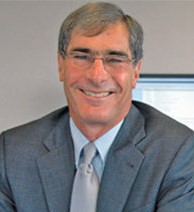
“It really does go both ways,” Fogel said. Pressure is exerted in elections by both progressive groups and police unions. “If you’re trying to get judges who are less vulnerable to that kind of pressure, the way they’re chosen is really something to look at.”
Retention elections may be an improvement
Fogel said he prefers retention elections “because there at least you don’t have a free-for-all every time there’s a judgeship on the ballot.” In retention elections, voters can look at the record of the judge and decide whether the judge has performed adequately.
Fogel conceded, however, that retention elections don’t entirely prevent politics from playing a role. There have been elections that saw judges tossed because of their decision to uphold same-sex marriage, for example.
Fogel also said retention elections also tend to skew the selection process, resulting in less diversity. If a state could find a way to guarantee diversity in the selection process, followed by retention elections, Fogel said that would be a move in the right direction.
Bannon authored a Brennan Center report that recommended reform that does away with state supreme court elections and chooses judges through a “publicly accountable process conducted by an independent nominating commission.” The report further recommends ensuring judicial independence by having justices serve a single, lengthy term so they don’t have to worry if their rulings will affect their job security.
Professional diversity should be considered
Fogel said the ways judges are selected are “worth being looked at” as “part of the structural reform conversation. … The judges are part of the system. The way they’re selected and who they are, their life experiences, I think all of that matters.”
“I certainly think there needs to be scrutiny about who has the pathway to the bench,” Bannon said. In addition to a lack of racial and ethnic diversity, Bannon said judges tend to lack diversity in their professional backgrounds.
Bannon said judges are more likely to be former prosecutors or corporate attorneys than public defenders or legal aid lawyers. “Those are not the professional backgrounds that tend to land people on the bench, so you lose those very valuable kinds of life experiences that would inform the development of the law.”
Judicial reform dates back centuries
While judicial elections are generally criticized as the most problematic, Bannon noted they were first introduced in the late 19th century as reform of a judicial selection that was seen as too closely linked to governors and legislatures.
Early in the 20th century, she added, reformers pushed non-partisan judicial elections to insulate judges from partisan interests. While that may be accomplished, non-partisan elections can leave voters with less information about judicial candidates when making their selections.

Princeton Professor Brandice Canes-Wrone, who directs the Center for the Study of Democratic Politics, has studied various aspects of judicial elections since 2007. She said they’re “very much ripe for reform, but you have to think about the way the reform works. It’s not just going to be that one reform works the same way in every locality.”
As Canes-Wrone’s comment implied, how to find the best method of selecting judges is a complicated question. Researchers have found problems with every method in use.
One system might subject judicial candidates to pressure from interest groups while another might insulate them from consequences for bad conduct. Yet another system might require citizens to vote with virtually no useful information about candidates.
Researchers find different answers
And not every assumption or conclusion about the merits of every system is being borne out by all the research.
Canes-Wrone said many see nonpartisan elections as being “the sweet spot,” allowing public input into judicial selection, while insulating candidates from the pressures of party politics. But some of her research has suggested those elections create more pressure on judges to cater to public opinion.
That’s because voters have less information about the candidates and low-information electoral environments create more pressure on judges to respond to public pressure in high-profile issues like the death penalty.
Canes-Wrone said reformers have to consider the tension between the demands that judges be both independent and accountable. “You have to really think about what you’re looking for and you have to be willing to accept the benefits and the costs” of the system you select.
Christian Dippel, an assistant professor at University of California, Los Angeles, revisited previous research that found judges likely to impose harsher sentences when they were close to being up for reelection. The prior research was based on data from three states: Kansas, Pennsylvania and Washington.
Dippel and a colleague collected data from an additional eight states, and concluded that “sentencing cycles,” or sentencing patterns linked to elections are not the norm, except for two of the three previously studied states, as well as North Carolina. Data from some states was not adequate to rule out sentencing cycles. But data from four states – Georgia, Minnesota, Kentucky and Colorado – showed no sentencing cycles.
“It’s definitely not as pervasive as one would have thought,” Dippel said.
Part of the challenge for researchers is that data is not uniformly kept or made available in every state.
Dippel and his fellow researcher plan to examine possible explanations for the lack of sentencing cycle. He said his working hypothesis is that the judicial culture works to govern sentencing behavior in the areas where there are no sentencing cycles. For example, it may be unusual in a particular state to face an opponent in a judicial election.
He said they also plan to investigate the role of campaign contributions in these different scenarios.
Immigrant researcher found U.S. system “puzzling”
Dippel came to the U.S. from Germany and said he initially found the concept of electing judges to be “puzzling.’’ But he talked to a friend in Germany who is a judge and concluded that the legal systems are different enough that judicial elections may make more sense in the U.S., where the law is not as precise and more open to interpretation.
“I can see some upsides to saying a local population wants to elect the judge who at some level represents their view of how the law should be interpreted,” Dippel said. “Because of that, it seems like a very complicated question. … I have decided not to have an opinion on it.”
Dippel said the researchers have talked to judges for insight. And two of the most detailed conversations were with judges in states that are not included in their data.
A judge in South Florida, he said, described an extremely competitive election environment that included a lot of outside money. “She said it’s really aggressive in South Florida,” Dippel said. “She would have consultants call her and almost sort of threaten her (saying), ‘I love your work as a judge. I would love to work with you on your reelection campaign so I don’t have to work with your challenger.’ “
But a judge in California described a climate in which the culture frowned upon anyone who challenged an incumbent judge.
Contact Elaine Silvestrini at Elaine@legalexaminer.com. Follow her on Twitter at @WriterElaineS.








